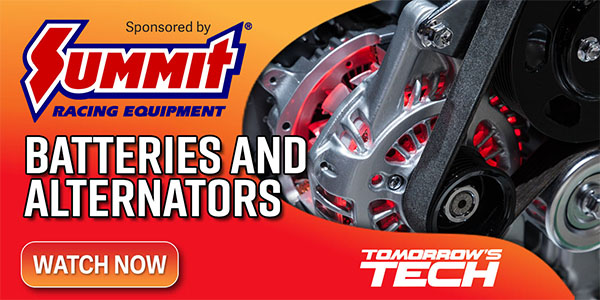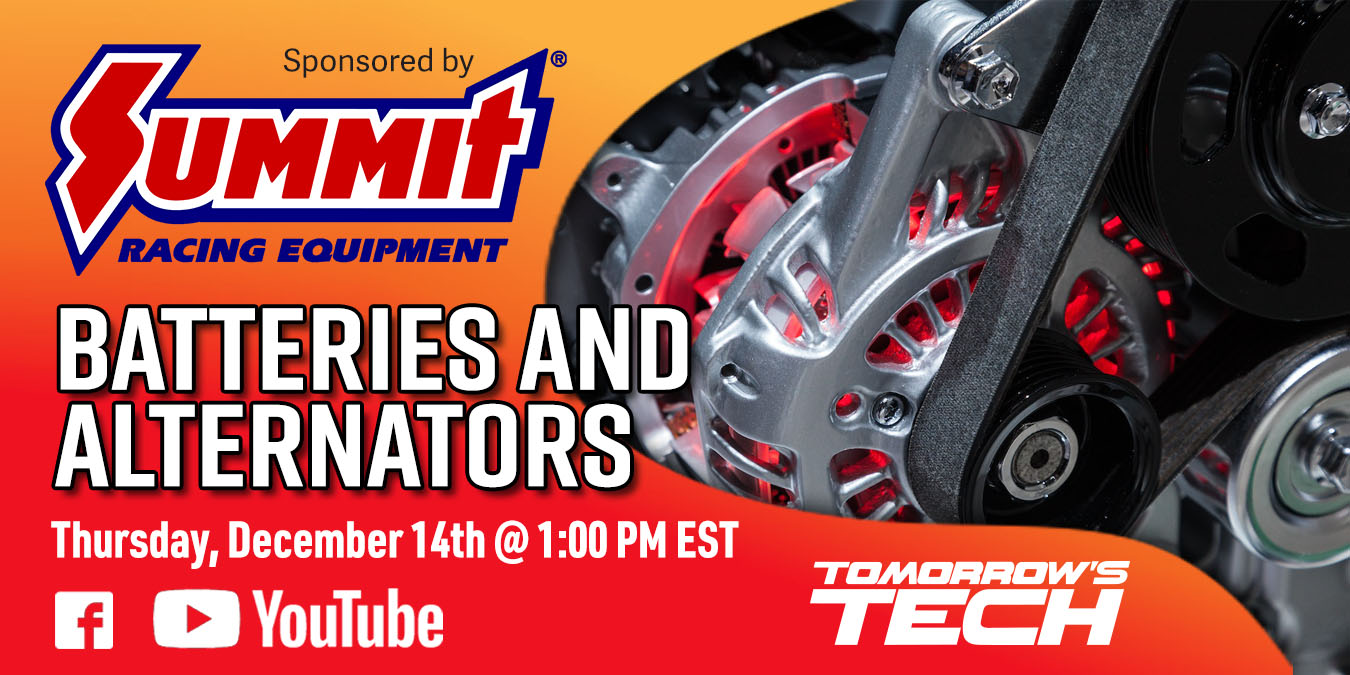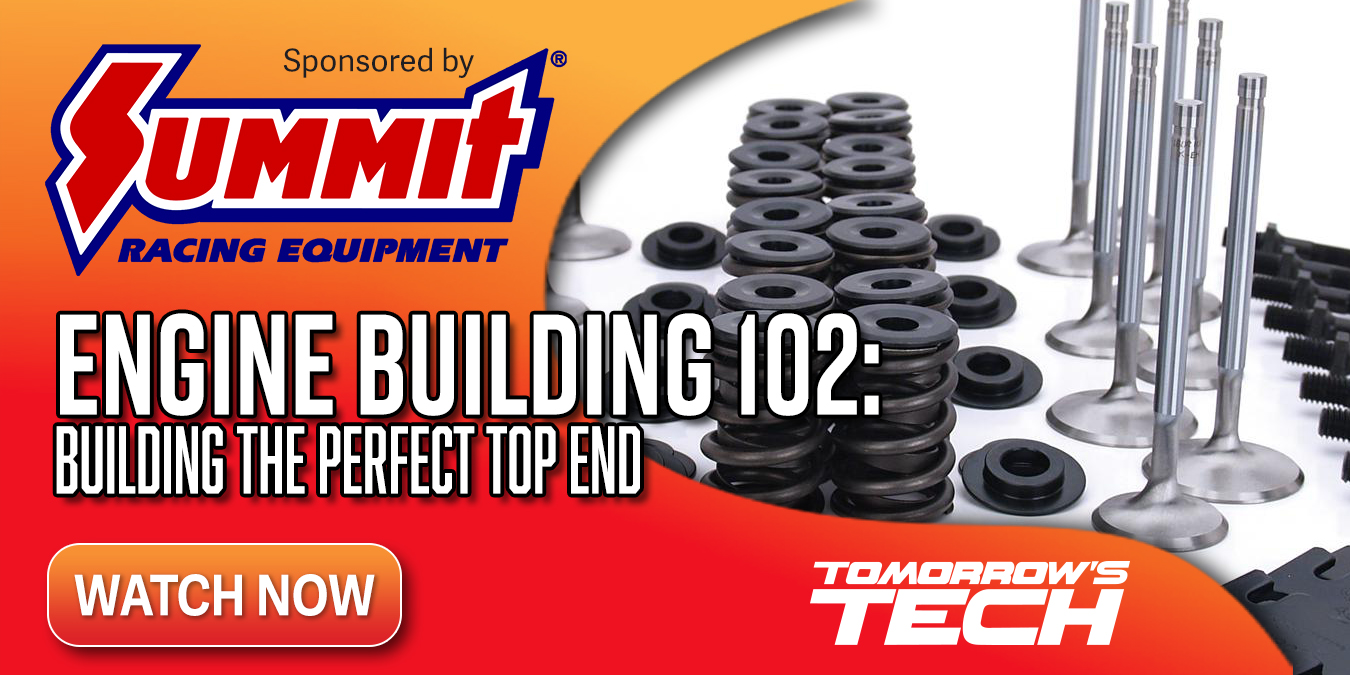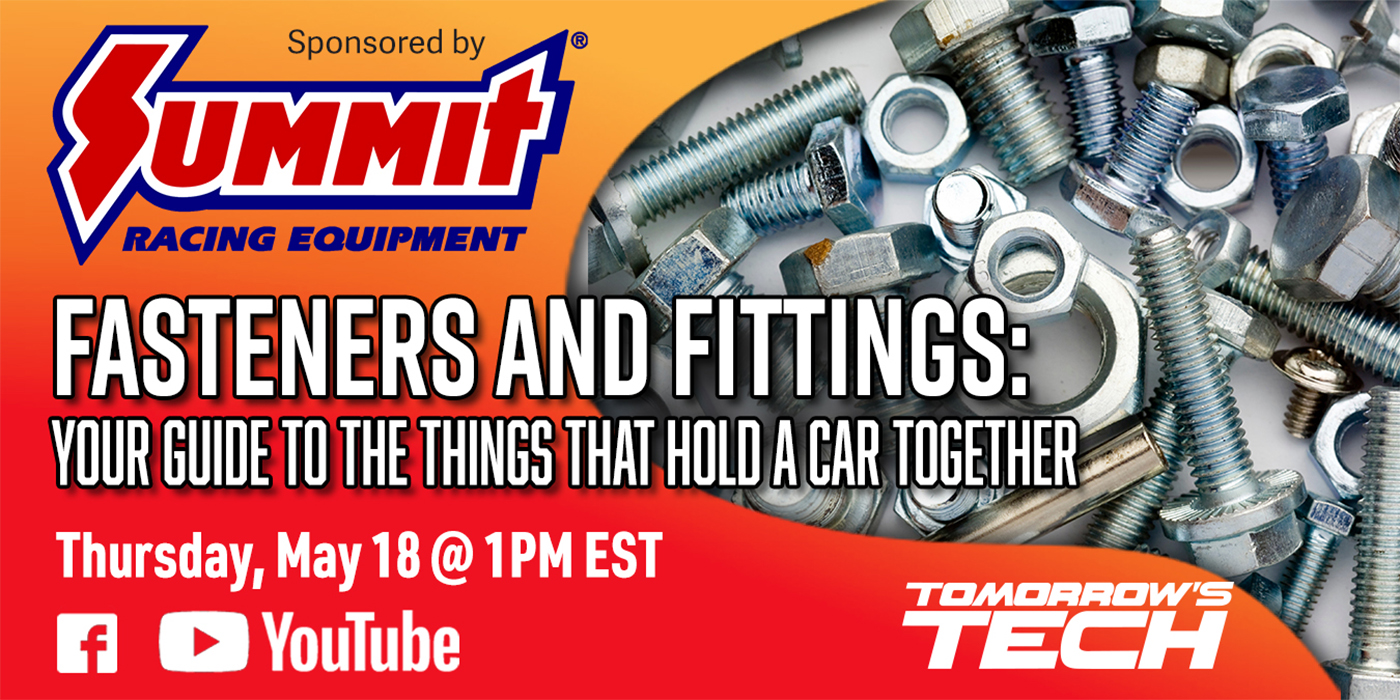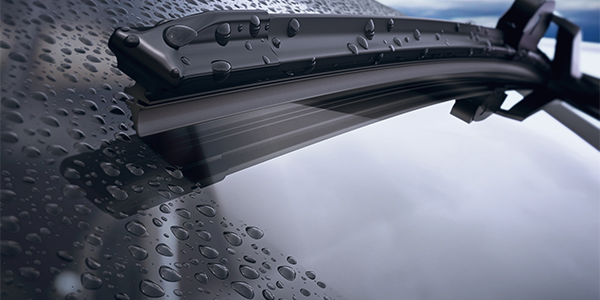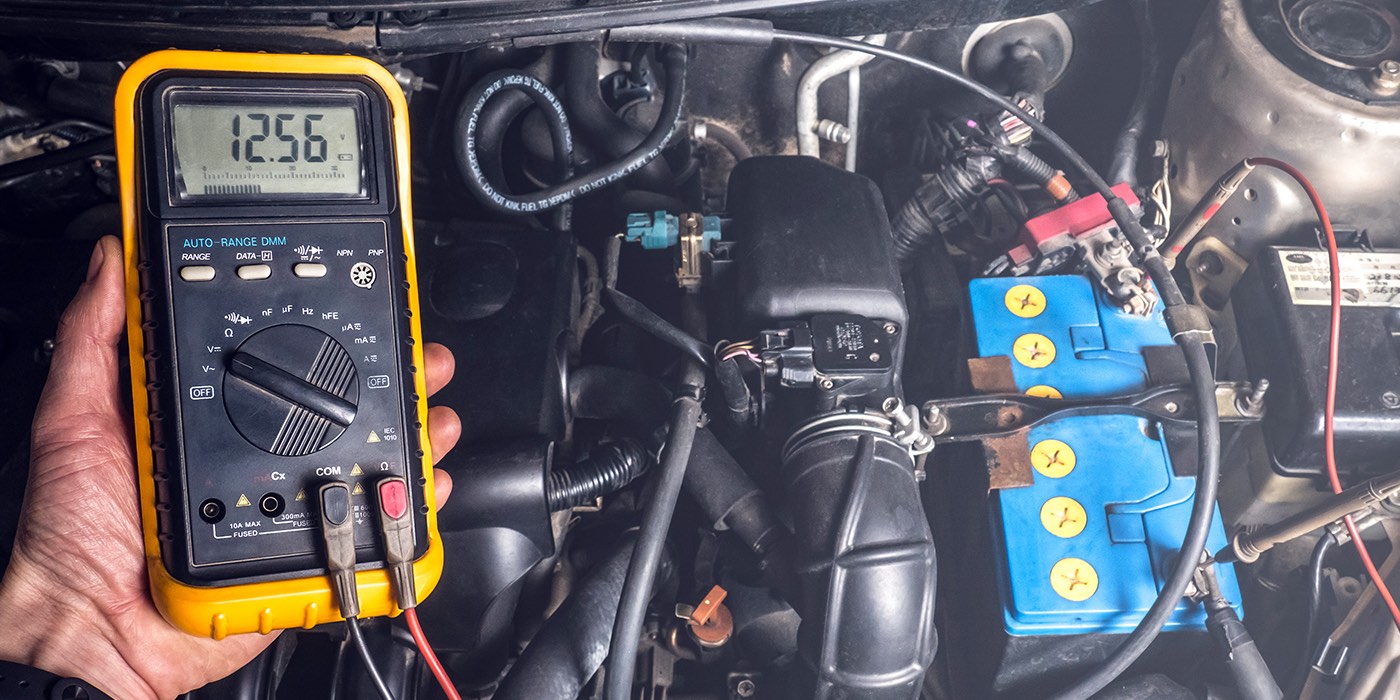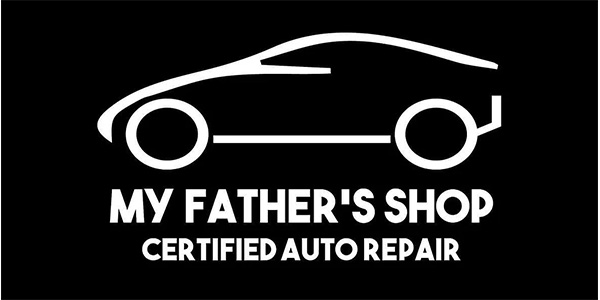Before automobiles became computers on wheels, diagnosing problems was relatively straightforward stuff. Do you have ignition or electrical power? Do you have spark at the spark plug? Is there fuel flowing to the cylinder from the carburetor or fuel injectors?
Today, you still need to ask yourself these basic questions, but they’ve become much more complicated to answer due to all of the electronics involved. DIY enthusiasts have various levels of knowledge about car repair and their specific vehicle’s needs and will continue to be desperate for the help of qualified repair technicians and counter professionals. Even you as a student may be overwhelmed from time to time. But with a solid base of automotive repair knowledge, some of the more daunting diagnostic difficulties can be resolved using simple tools.
Most professional technicians own large toolboxes full of expensive specialty tools, including OBD II scanners that are full-featured for many makes and models. But the DIYer may have limited options as far as tools and knowledge. A simple code reader might be a tall order for the occasional weekend wrencher, but a set of essential hand tools is a must.
Basic code readers are now available with wireless dongles and a free app that reads the codes. These connect to the vehicle’s DLC port and send data via Wi-Fi or Bluetooth to a smartphone or tablet. The advantage of these tools is that you can move around to the front of the vehicle and perform inspections while reading or testing a particular code or monitor.
While the weekend wrencher may know something about cars and have a few tools, understanding how to diagnose a problem is challenging even for seasoned techs. If the car’s “Check Engine” light is on, you may, as a counter pro, scan the vehicle yourself with a code reader, if you offer those services. This can be advantageous because your customer may not understand that the trouble code isn’t the answer but just a starting point.about:blank
Some of the most common codes you’ll see are emissions codes that the basic code reader can scan. Oxygen codes are either “too rich” or “too lean,” which doesn’t mean your customer automatically needs a new oxygen sensor (although it might). It may be that a heater circuit has failed. Was it a “High Circuit Voltage” issue or a “Low Circuit Voltage” issue? These are diagnostic trouble codes (DTCs) that come up between P0150-P0175.
Another common DTC code is for the ignition system with misfires or knock-sensor detection. These are codes in the P0300s (P0300-P0399). A misfire code can lead you to the location of the cylinder or multiple cylinders with the problem. Could it be an ignition coil? If you have a knock-sensor code, it could be a timing issue.
Codes that pop up between P0200-P0299 are for fuel and air metering, which is basically the fuel-injector circuit. The code may be an injector-circuit malfunction or a throttle-position sensor (TPS). These codes follow the fuel path and give you areas that need closer inspection. Suppose you have a P0220 code for a TPS malfunction. It may be a sticking throttle-return spring, mass-airflow sensor failure, a corroded TPS connector or a misrouted harness causing wire chafing.
There’s no doubt that working on cars isn’t like it used to be in the old days. But if you continue to follow the basics and then use (or purchase) a code reader to pinpoint where to start, you’ll be headed in the right direction.


